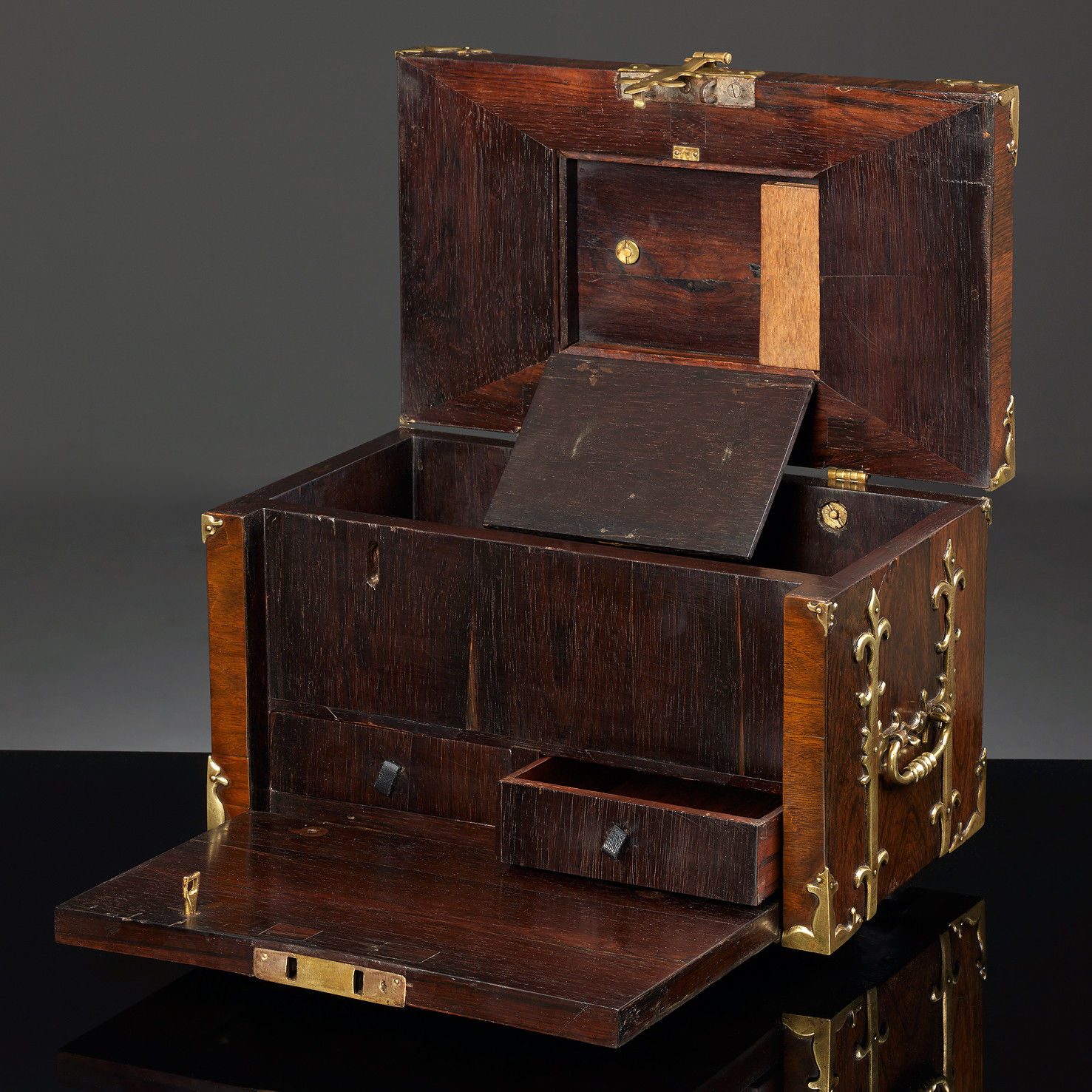ArtStories: Collector's Items
Collectables come in many shapes and sizes. Today we take a look at a Russian Icon, a 17th century travelling chest and a taxidermy ram.
Mother of God Ovepetskaja
The Christian tradition of cherishing icons first emerged in the 4th century. An icon is typically a religious image that has been painted onto a small panel, most often a portrait of Jesus Christ, Mary or a particular saint. They were found in churches as well as homes and other public places, considered to be the Gospel in paint.![]()
Mother of God Ovepetskaja, ca. 1800-1850, oil paint on wood, 24 x 18 cm.
Russia knows a very rich history when it comes to icons and their elaborate religious symbolism. Funnily enough, following the 17th century split into the Russian Orthodox Church, the strict and traditional stylization of icons developed into a more Western European mode, resulting in an intriguing mix of Russian mannerisms and realism.
The above type of icon is known as a "Serbian Wandelmalerei", painted during the first half of the 19th century by travelling Serbians for people living in the rural areas, and easily recognizable because of their silver backgrounds and baroque flower patterns.
Small Louis XIV Strongbox
This small oak travelling chest is the late 17th century equivalent to a modern day hotel safe. Such strongboxes were made to keep valuables locked away during long trips, often overseas.

Small strongbox, ca. 1660-1720, metal, brass, olivewood, rosewood, 23 x 38 x 23 cm.
The brass fittings, shaped in leaf motifs, would prevent the case from being damaged on choppy waters or bumpy roads, and the handlebars on its sides facilitated transportation. Aside from money and jewellery, such strongboxes were also used to keep important documents like deeds and securities.

The interior compartments with concealed spaces.
Its interior was therefore divided into compartments and accommodated with several concealed hiding places. Although such strongboxes are often of a French or Flemish origin, this particular one is thought to have been made in London between 1660 and 1720.
Ram's Head
The art of stuffed animals remains a touchy subject. Many people consider taxidermy as a trophy of human superiority, or find these objects downright shocking. However, the artist’s intention is often quite the opposite.

Ram's head taxidermy, hair and leather on wood, 57 x 30 x 45 cm.
Aside from the occasional hunting souvenir, taxidermy highlights the beauty of nature, it opens up a discussion about the relationship between humans and animals and raises a general awareness about the status of animals within our society.
For example, a ram (or aries) is widely regarded as the symbol of vigor and determination, which is largely to do with its astrological connotations. This particular ram’s head, of French origin, and the lifelike manner in which it has been mounted on a wooden plate truly radiates these qualities.
Interested in buying 'collectors items' please have a look here at Gallerease!
ArtStories is a weekly column that features three unique objects from the Gallerease collection. Every piece comes with its own story that deserves to be told.

